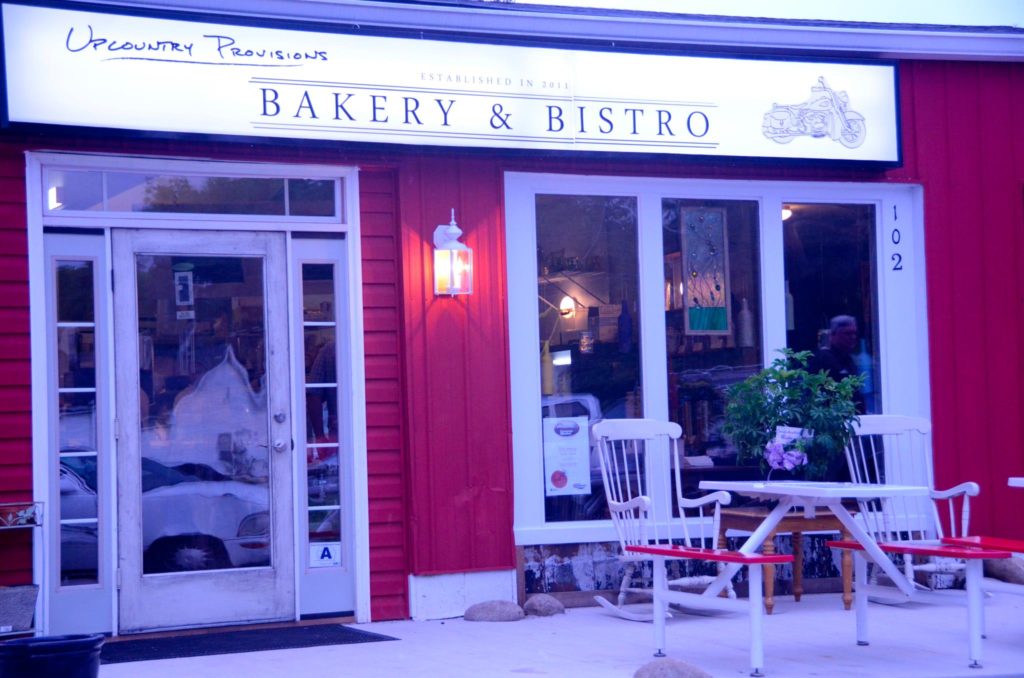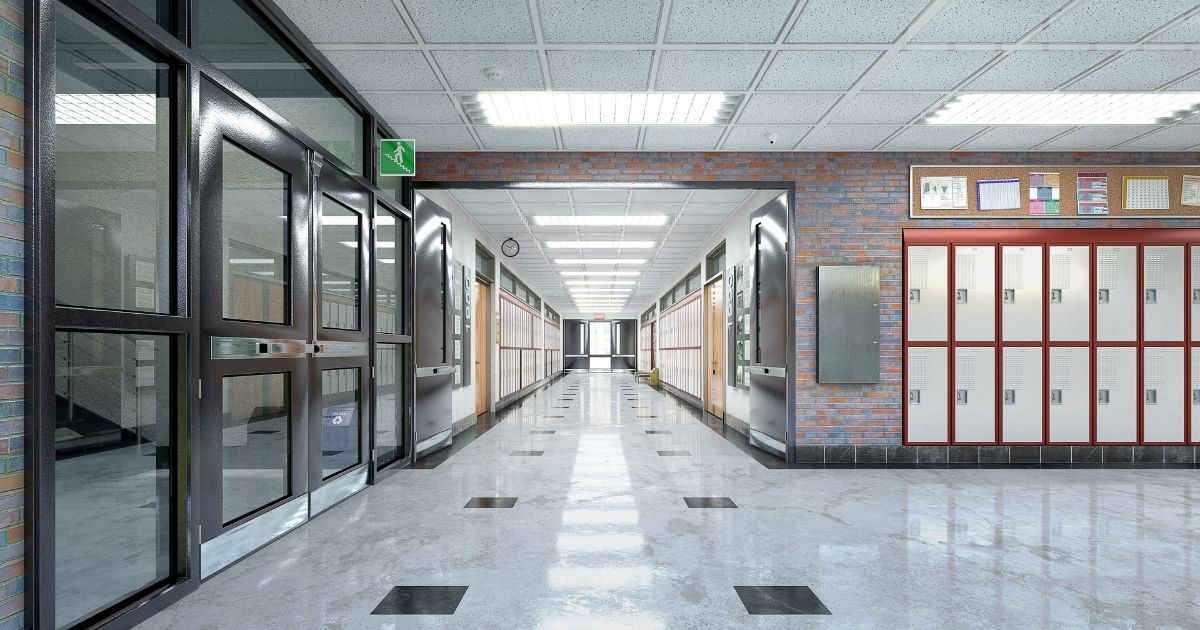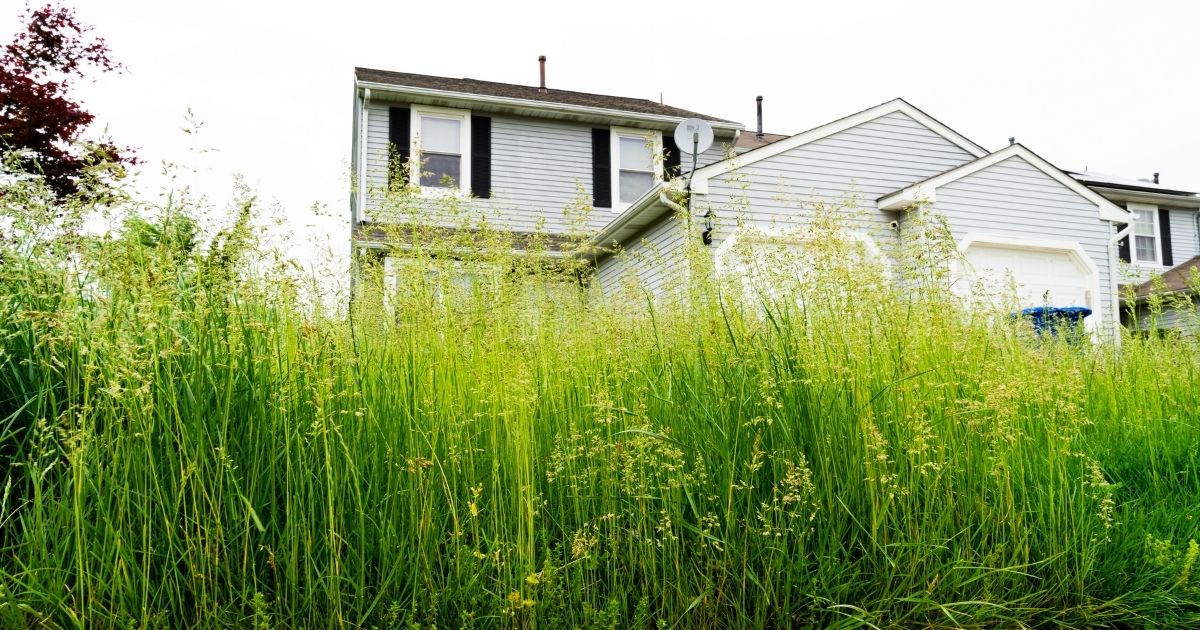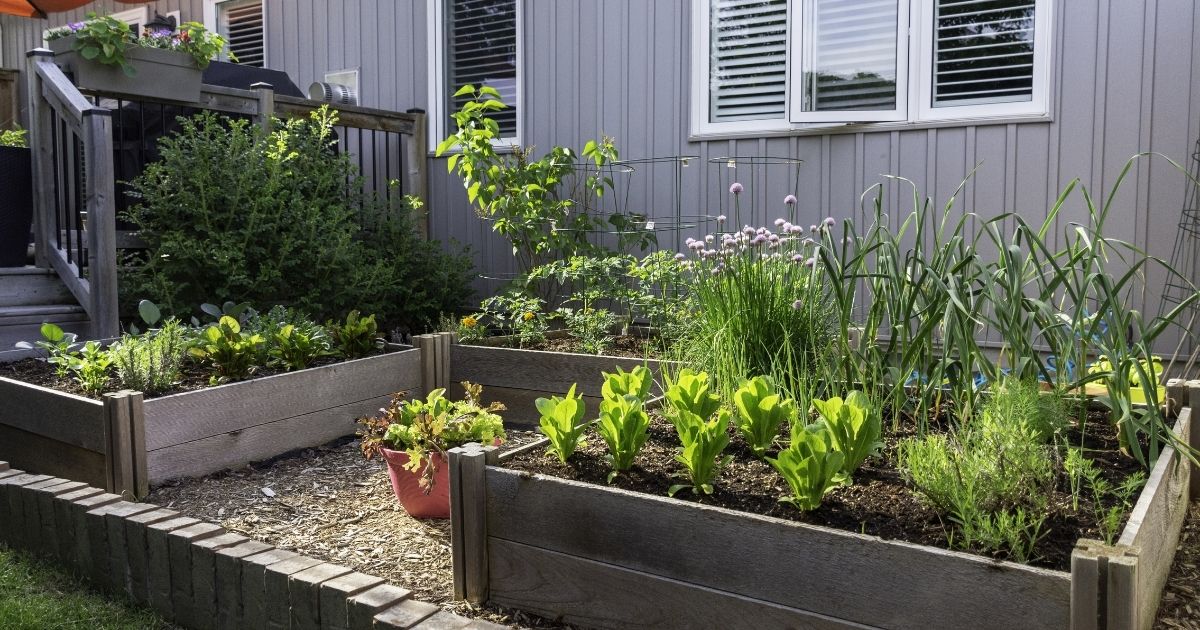Vincent Harris
The Covid-19 pandemic has put a lot of local restaurants into a precarious place. As they deal with a slew of new rules about their allowed occupancy and cleanliness, they also have to monitor their staffs and deal with the fallout if a server or cook or other employee tests positive. As restaurants around the Upstate have reopened after the shutdown, iOnGreenville wanted to talk to some of them about the difficulties they’re facing.
Meeting New Consumer Needs
“It has been very challenging,” says Steve Seitz, the COO and VP of Table 301, a restaurant group that owns popular downtown Greenville spots like Soby’s, The Lazy Goat, The Nose Dive and more. “I’ve been in the restaurant business for over 40 years, and I’ve never dealt with anything quite like this. It’s very unpredictable, and it’s seemingly ever changing.”
Seitz adds that Table 301 also anticipated that grocery stores might have interruptions in their supply chains, and began having restaurants like Soby’s step in to fill the gap.
“We quickly realized there were challenges at the grocery stores where producers weren’t able to quickly adjust and get items in stores,” he says. “I don’t think anybody really understood the dynamic of how that all works. So we shifted and mobilized our food truck. In the past, it was primarily used for catering events at a corporate entities, but we shifted that and moved into neighborhoods so we could prepare takeout items, made-to-order items, and even grocery-style items like ground beef, chicken breast, even toilet paper if we had access to it.”
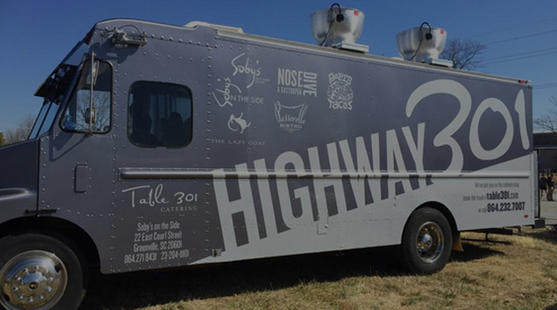
Greenville Food Truck Calendar
“The food truck was on the road nightly,” Seitz adds, “but we also set it up right near Soby’s and served lunch Monday through Friday. That was our revenue stream during the closure. It wasn’t the ideal place to be, but we had to do something.”
Expanding Outdoor Dining
Henry’s Smokehouse on Wade Hampton Blvd., one of the Upstate’s most popular spots, also shifted to carry-out and curbside service during the shutdown, but unlike many other local restaurants, they didn’t reopen their indoor dining area when governor announced he was allowing restaurants to do so on May 11th. Instead, they’ve expanded their outdoor dining space and revamped the way they serve their customers.
“Now instead of a 20-seat restaurant, we’re now across two acres handling 40 parking spaces,” says Henry’s owner Tiger O’Rourke, “and that’s become a challenge in itself, especially the prime times of lunch and dinner. I’ve had to double my staff through this and change our technology as far as how we were doing things.”
Keeping Up to Date With DHEC Regulations Is a Top Priority
The reopening process has presented a whole new series of challenges to our local restaurants, not least of which is that the regulations governing them seem to be ever changing.
“The biggest challenge right now is being able to make sure that we stay up to date with the latest news and make sure we as a restaurant are protecting our customers as well as protecting ourselves,” says Rebecca Marsee of Upcountry Provisions Bakery and Bistro in Travelers Rest. “Before, you knew what DHEC would be looking for, and you knew exactly what you had to do to keep the location clean and presentable for the customers. Now it’s constantly changing in terms of, ‘Do we wear masks, don’t we wear masks? Do we wear gloves? Who does, who doesn’t, how often are people changing their gloves?’ Those kinds of things.”
All of the restaurants we spoke with have taken a robust approach to keeping their employees and customers safe, but in terms of sheer comprehensiveness, Table 301 might be ahead of the pack.
“We didn’t open on the day that we were granted the opportunity to open,” Seitz says. “We waited until five days later, because it took us longer to be absolutely certain that we had taken all of the precautions we needed to from a safety perspective, and that we had built and trained on the systems that we wanted our 350 associates to follow. Our focus is on safety, safety and then again safety for our associates and guests.”
Monitoring Staff Health
Specifically, Table 301’s approach has been to monitor their staff members’ health, starting before they even get to work and continuing throughout their shifts.
“We require each of our associates to go through a pre-shift health assessment,” Seitz says. “They do it from the comfort of their homes, and we do it 2-4 hours prior to their scheduled shift. They go through the screening process through an app on their phone; they take their temperature and it goes to our management teams at each location. As they enter the building, everyone is scanned with a forehead temperature device, and it gives the managers reassurance that the person entering the building is safe. We then focus on all of the hygiene standard operating procedures that have been in place for many years; we just try to be more intense and dialed in.”
Henry’s Smokehouse was able to stay ahead of the curve in terms of safety because Tiger O’Rourke had the benefit of seeing what future food-service procedures might look like.
“I was lucky enough to get ahold of a proposal that the South Carolina Restaurant & Lodging Association had given to the governor prior to his announcement of the opening up of outdoor seating,” O’Rourke says. “In doing so, I was able to see what structure was coming at us and adapt based on what that structure was. I didn’t know what specifically was coming at us, but I had a rough idea. I tried to have my finger on the pulse of how things were going to change, and how we were going to have to adapt.”
That process of adapting hasn’t always been a smooth one for Henry’s or for any of the other restaurants we spoke with.
“We’ve had our bumps and bruises along the way,” O’Rourke says. “We’ve had major foul-ups and screw ups, but people were very understanding. Well, most people were.”
Next Week: A look at customer reaction and the road ahead
In Part Two of this piece, we’ll be examining customer reaction to these new procedures, and what these owners and managers see on the road ahead.

Get the Apps
Upstate South Carolina News & Notes
[catlist name=”iongreenville”
[catlist name=”Upstate News Headlines”




